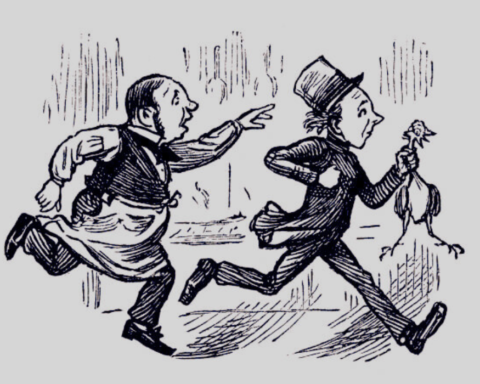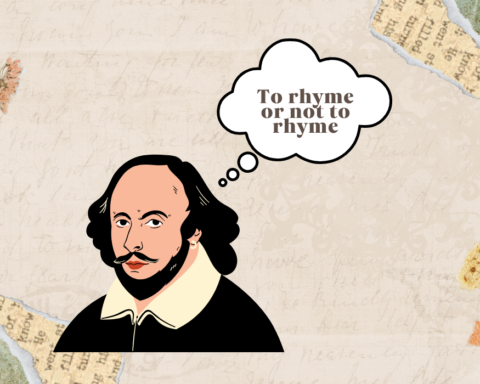The British Colonialism soup sounds delicious and historical at the same time. Food and traditions related to food always make up a considerable part of history.
And if we talk about the British dominance and imperialism in India, the key symbol of this was the mulligatawny soup. Rich with Indian flavors, they modified the recipe according to the Britisher’s taste buds.
Modhumita Roy, a literary scholar, writes that the soup started as a very simple delicacy called “pepper water.” They mainly created the British Colonialism soup to suit the Britishers’ palates and quickly gained popularity.
It became a typical dish among the British administrators and merchants living in eighteenth-century India. Only the richest and the most elite would eat the most extravagant words. And according to Roy, they were a messed-up version of European and Indian flavors combined.
But, as the eighteenth century went by, the Europeans started becoming less interested in Indian flavors. And Indian foods became less common amongst the elite. The British women had a significant role to play in this.
According to the Victorian way of life, the elite women (daughters, wives, and mothers) ran the household. They were also responsible for taking care of personal matters, which distinguished their families from the lower classes of people living.
Roy noted that this is clear through the cookbooks aimed at the British wives of that time. The book Complete Indian Housekeeper and Cook, written by Flora Annie Steele, and published in 1888, focused on European-style cooking, often using complicated French names.
She specifically mentioned that she added “a few native dishes” in the book because of the readers’ demands. The book also included a brief and a reluctantly added version of the mulligatawny soup.
She also added that most native recipes were a bit too greasy and sweet. And the natives knew how they make them reasonably well. Thus, the history of the British Colonialism soup that exists even today began.
The rich history of the soup
Roy wrote that the mulligatawny soup became increasingly popular in England. An 1818 English cookbook called The Cook’s Oracle described the mulligatawny as a “newly invented soup” with a more familiar name than a curry soup.
They considered it a favorite of the East-Indian people. The soup appealed to the people because of its unique taste, and of course, its versatility. Cooks used to use expensive meats to develop a new version or their version of their famous soup.
In 1845, Eliza Acton wrote a British cookbook called Modern Cookery in All Its Branches. It included three different recipes for the mulligatawny soup. Interestingly, none of them are labeled as foreign dishes, which hints that the Britishers seem to own the recipe.
Eliza points out that it is an abomination to food to include large amounts of onions or garlic. And it is best if they use these ingredients in moderation. She also adds the use of rice. Cook them and add them to the soup to make it taste better.
Modhumita Roy writes that the mulligatawny soup fitted the needs of the growing and increasingly cosmopolitan British population of the English middle class. The modified version of the soup included the addition of other ingredients used on a local level. These included rabbit and thyme, along with cinnamon or fenugreek-type spices.
Although the British elites tried their best to appear a more sophisticated class, their relatives in England had a new take on life. And they enjoyed the unique flavors that their British ancestors brought back with them from India.
This is what we call a rich history of the British Colonialism soup. What started as just another recipe to try became one of the most renowned and flavorful British-India times.
And the soup has earned a real name for itself. It is just more evidence of how much the British colonization in India impacted both (the English and the Indian) cultures, probably because it has such an exciting and spiced-up history. No pun intended.
Politigory provides in-depth reviews of science, history, humanities, religion, social sciences and arts











